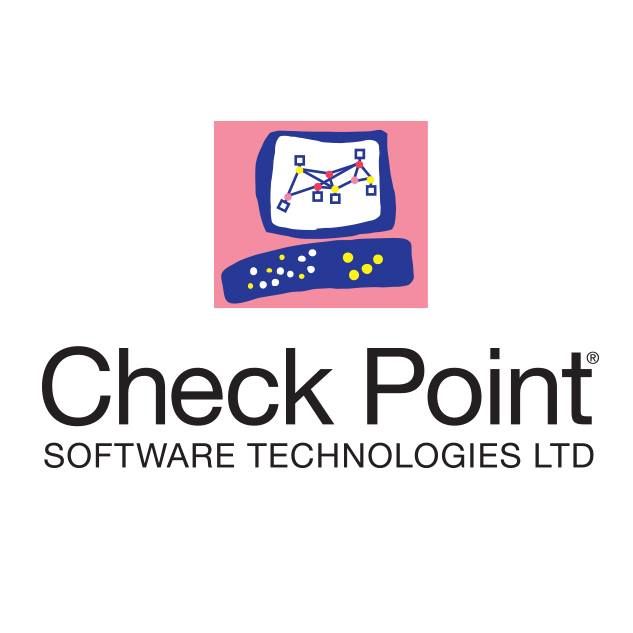Hunting Exploits by looking for the Author’s fingerprints: Graphology of an Exploit
by
July 28th, 2021

Welcome to the Future of Cyber Security. Providing solutions across all vectors to prevent 5th generation cyber attacks.
About Author
Welcome to the Future of Cyber Security. Providing solutions across all vectors to prevent 5th generation cyber attacks.